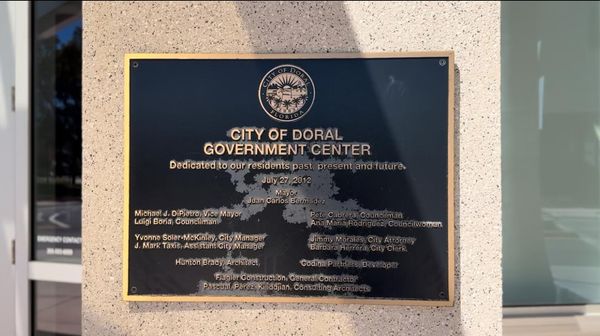
The coldest August I ever endured was in Sydney, Australia. Now, in fairness, this is the southern hemisphere's winter and I had chronically under-packed. But my discomfort also had something to do with how houses are designed for their local climates.
In hot countries, the overarching principle is to keep the heat out. In cold places, it is all about retaining as much warmth as possible. The UK still fundamentally enjoys a mild climate, with a concurrent emphasis on keeping people warm in winter. That may have to change as a result of climate change.
As health reporter Daniel Keane writes, millions of Britons have fallen ill due to high temperatures inside their homes during periods of hot weather, dubbed 'hot house syndrome'. Research by the Warm This Winter campaign found that 4.5 million people have become so hot in their home that they have fell sick in the past 12 months.
Extreme heatwaves – such as the one we saw in July 2022 when the temperature hit 40ºC – have major health consequences. Severe heat exposure raises blood pressure, heart rates and impacts the circulatory, nervous, respiratory and renal systems. Indeed, it is estimated that heat-related deaths in the UK exceeded 4,500 in 2022, and that this could rise to 10,000 each year without action to adapt to a warmer world.
The good news is that many of the steps to improve energy efficiency and keep residents warm in the winter also help to keep us cool in the summer. This includes better insulation and ventilation as well as heat pumps which can operate in a cooling mode. That bad news is we have not been doing nearly enough of it.
This is not helped by the fact that the UK's housing stock is the oldest – and least energy efficient – in Europe. More than half the homes in England were built prior to 1965, with 20 per cent built before 1919. Looking ahead, 80 per cent of the homes that will exist in 2050 (when things will only be warmer) have already been built. Which makes the retrofitting of existing properties – and on a vast scale – vital.
This recent report by the House of Commons Environmental Audit Committee is packed with fascinating and frankly terrifying statistics, but perhaps the one I found most stark is that we spend around 90 per cent of our time indoors. So adaptation is key. Cooling technologies such as air conditioning clearly have a role, but the International Energy Agency has warned of a vicious cycle in which warmer temperatures fuel demand for air conditioning, leading to greater demand for electricity, driving up carbon emissions and so on.
Adaptation will cost money, and it is this (as much as political will) that is the largest barrier to getting anything done. The Committee on Climate Change's 2023 Adaptation report finds that the bulk of investment in measures to improve the energy efficiency of our homes will be private and that "therefore low-cost finance, which enables households and businesses to install adaptation measures, is needed”. Which is not, I concede, a sexy conclusion. But it may keep you alive into old age.







